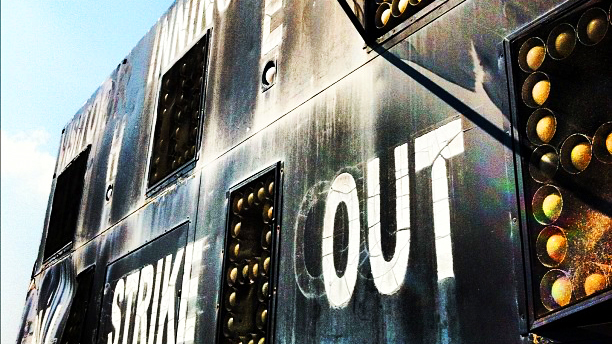A Shopping Bag Is Not an Evacuation Kit

Are you leaving your front line workers without proper resources?
I was doing a site visit as part of discovery for a Fortune 100 client. The weather in London was iffy, as is typical in London, and part of my job was to figure out the right protocols for evacuation and how to establish an assembly area. In tight urban environments I’ll often recommend a “disperse” method of evacuation, but this client wanted everyone to gather in an assembly area.
I’d already checked out a few spots and done some interviews with the physical security team when it was time for me to shadow the front desk team and do an evacuation walk through.
I approached the front desk team, introduced myself, and then settled in to interview an observe when I asked the question that usually makes me cringe.
“Can I see your evacuation kit?”
The main front desk attendant, an efficient and bright young woman, reached under the counter and pulled out . . .the most beat up Marks and Spencer bag I’ve ever seen. She gingerly handed it over to me and shrugged.
“I brought the bag from home because it was hard to just hold it all in my hand when we evacuated,” she said.
Inside the bag was an ink pen, a small tablet of paper, a very small flashlight (which did not turn on when tested) and a box of plasters (aka, bandaids). And that was the extent of the evacuation “kit.” And this was a client with a name nearly every person on earth knows.
My response was to sigh and hold the bag under one arm while I made notes with my other hand. I say notes, but it was more like just a few words with many exclamation marks.
I think companies forget that their front line staff are going to have an outsized responsibility when a site or building “dumps” in an incident. These are the people who will hold life safety in their hands. These are the people who are going to be front-and-center for other employees with their questions and their needs for assistance.
At the very least they need a proper kit. Here’s what I typically recommend for a basic lobby evacuation kit, but if you need us to help you define what’s actually going to work for YOUR sites, we can help.
-

You’re Only As Good As Your Least Trained People Which is why how your distributed sites handle incidents matters for your overall organizational resilience. My preferred method of addressing an organization-wide framework that accounts for local leadership and local control with centralized governance is what we call a SIRT program. What’s SIRT? At most sites, […]
-

Can you really say your program and your site are resilient if you only have a yearly drill to measure against? And if you are in charge of a whole system of sites, how can you make sure every site is resilient to the same standard? Let’s say you’re the emergency management professional in charge […]
-

As I know many of you already know, it is the start of another Hurricane season. So, as crisis and emergency managers who are trying to manage resiliency programs in hurricane-prone areas, it is time to get ready and prepare for the inevitable. What is Risk Resiliency advising their clients at the moment? Here is […]
